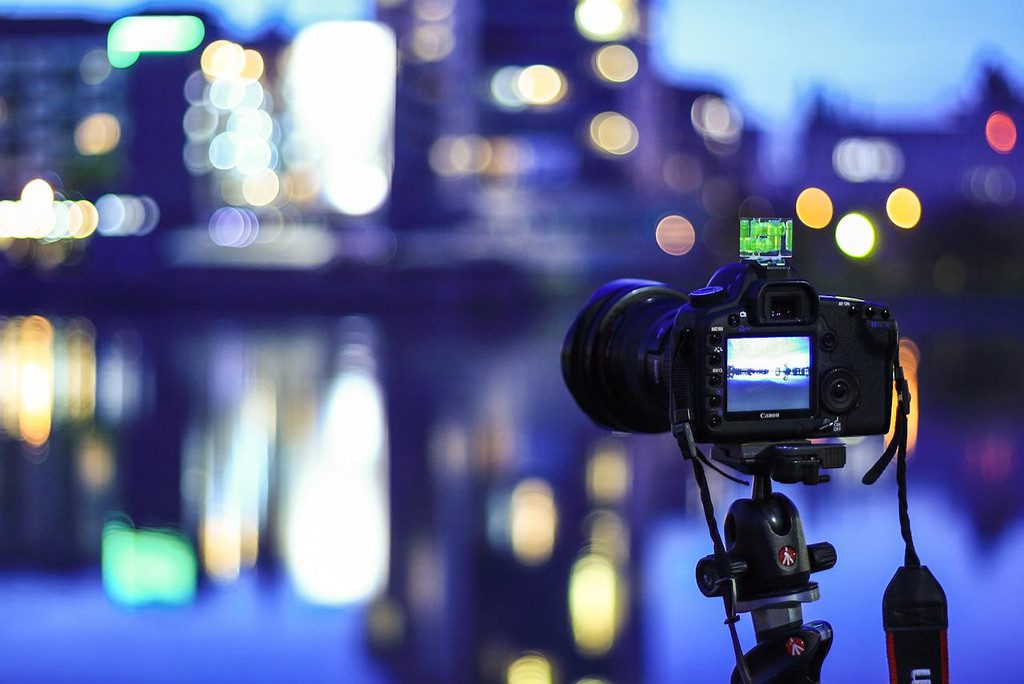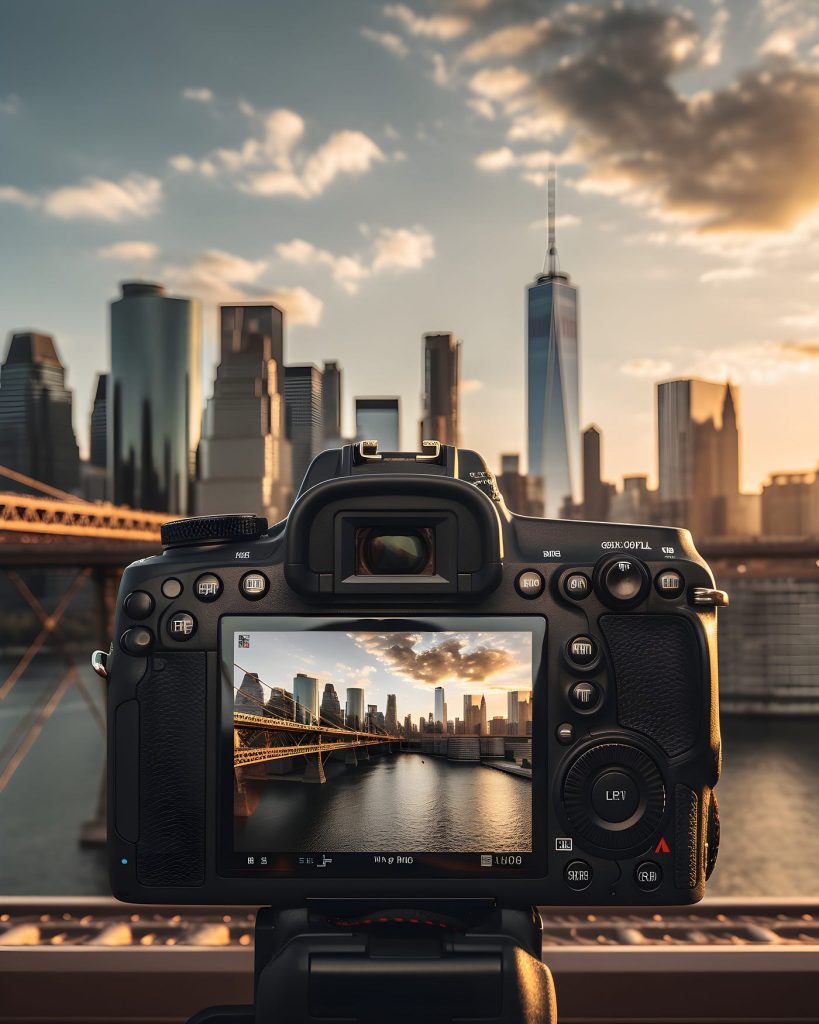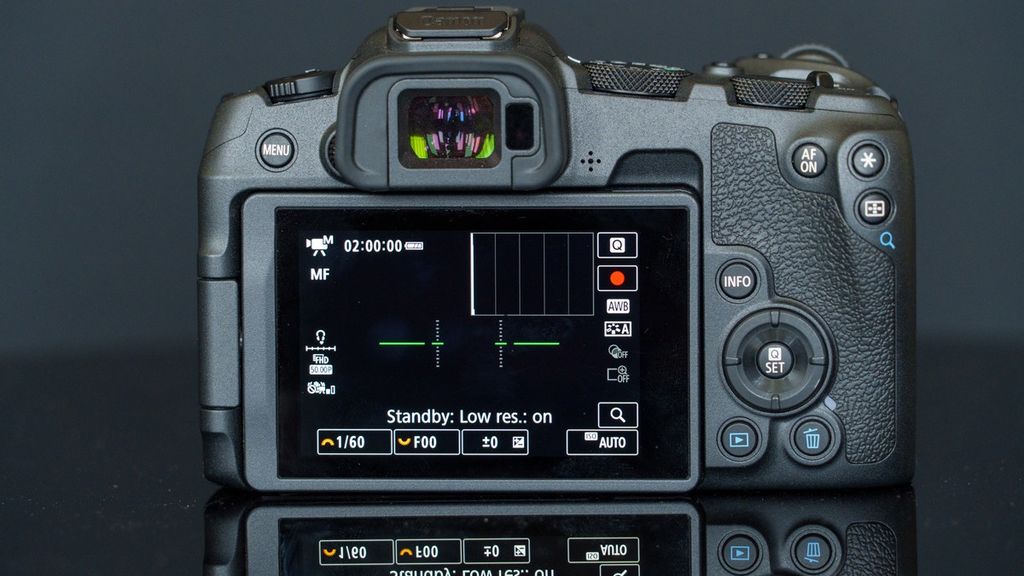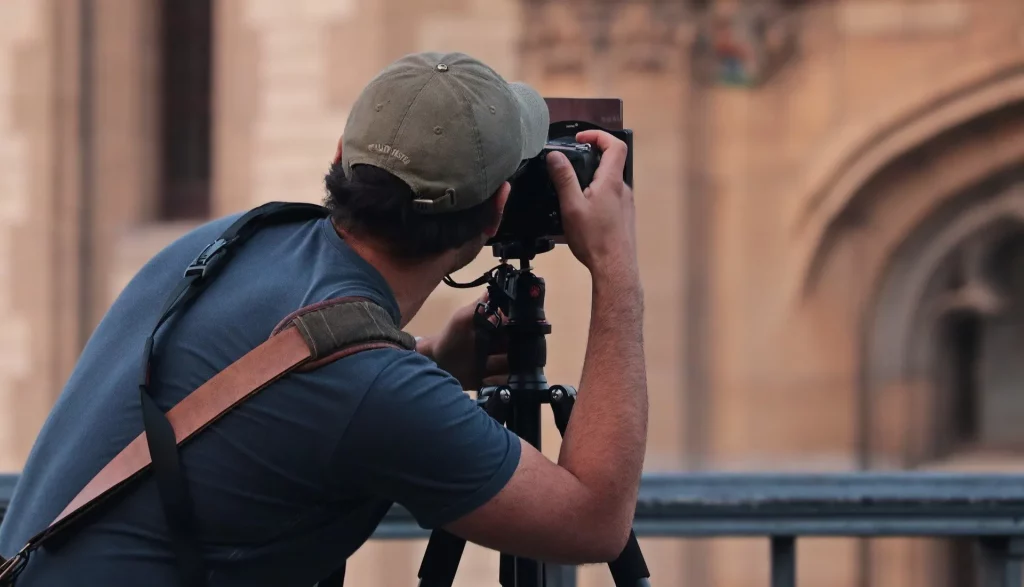
Exploring HDR photography can be both intimidating and exhilarating. The allure of stunningly detailed, vibrant, and balanced images keeps photographers wide-eyed, but the technical nuances of high dynamic range camera settings can often seem like a labyrinth.
Fear not; we’re here to demystify the intentional magic of HDR photography. By understanding the essential camera settings and techniques, you can pave the way for taking your photography to new heights.
The Concept of HDR Photography

Before you immerse yourself in the settings of your camera, it’s crucial to understand the concept of high dynamic range photography. HDR photography captures a wider range of light and dark than standard digital photography, thanks to a melding of multiple exposures into a single, richly-toned image. This process ensures that shadowed details aren’t lost in darkness and that bright areas aren’t overexposed.
For the photographers who love shooting landscapes and sundown events, HDR photography is a best friend.
Camera Settings 101 for Supreme HDR Results
The crux of mastering HDR photography lies in the correct camera settings. Here’s a breakdown of the settings you need to become familiar with:
Understanding and Activating Bracketing

Bracketing is the method through which your camera takes a series of pictures at different exposures. This is the beginning of your HDR image creation. Ensure you’ve familiarized yourself with how to enable bracketing on your camera model. Typical bracketing will involve taking three shots—one at the normal exposure, one underexposed, and one overexposed.
Shutter Speed, Aperture, and ISO Trio

For each bracketed shot, you’ll need to adjust the shutter speed, aperture, and ISO to capture a range of light and dark. A general rule is to set your aperture to the sharpest setting for your lens (usually around f/8 to f/11), and then vary the shutter speed and ISO to obtain the underexposed and overexposed images. For shadow detail, a slower shutter speed for the overexposed shot is often beneficial, as is a lower ISO for reduced noise.
Manual Focus for Consistent Sharpness

HDR photography requires impeccable sharpness to ensure details are crisp, and this is where manual focus reigns supreme. Autofocus can sometimes be inconsistent across your bracketed shots. But with manual focus, you guarantee that every shot in the series is equally sharp.
Keep Experimenting

In conclusion, HDR photography is not merely a series of camera settings but a union of technical know-how and an artistic eye. With patience and practice, you’ll soon be capturing scenes in their full, awe-inspiring glory. Keep experimenting, understanding, and fine-tuning your approach to HDR photography, as well as watch as your images come to life in ways you never thought possible.
Praetector: Your Ultimate Security Partner
Discover the reliability of Praetector for cutting-edge yet affordable home security solutions. Moreover, our range includes top-tier cameras packed with the latest features, ensuring a secure environment amidst the increasing threats of break-ins and burglaries.
